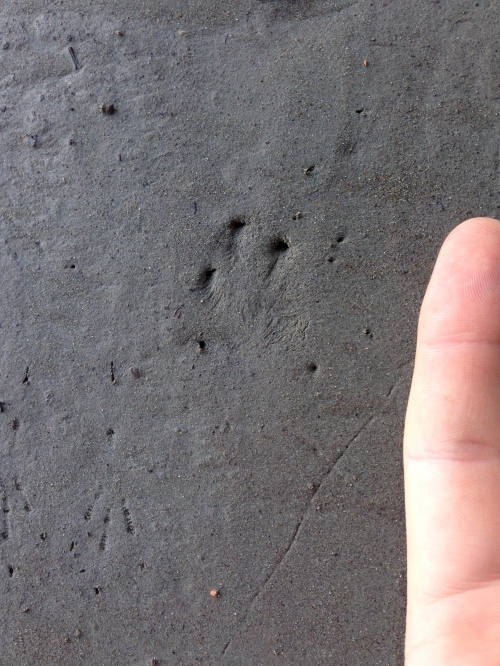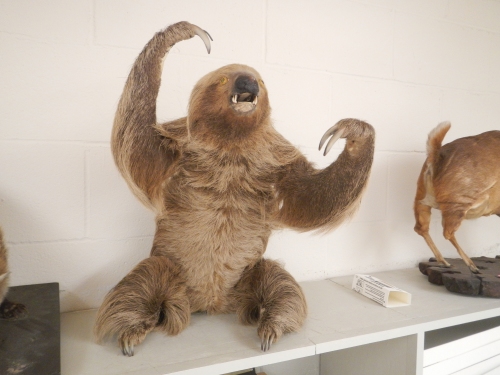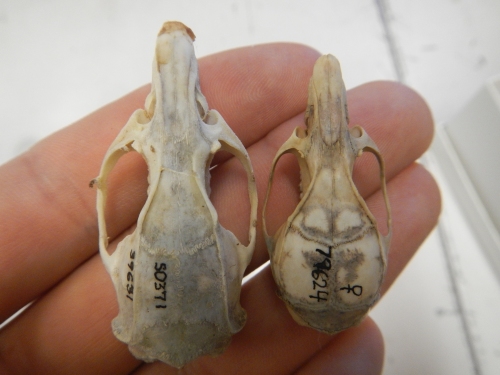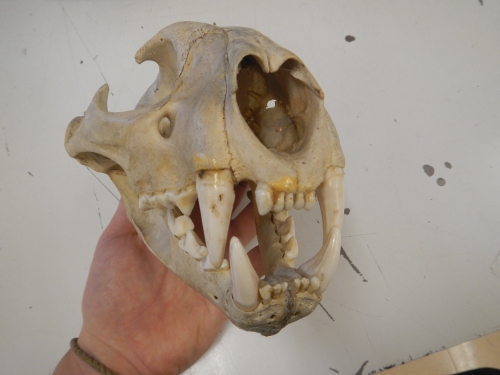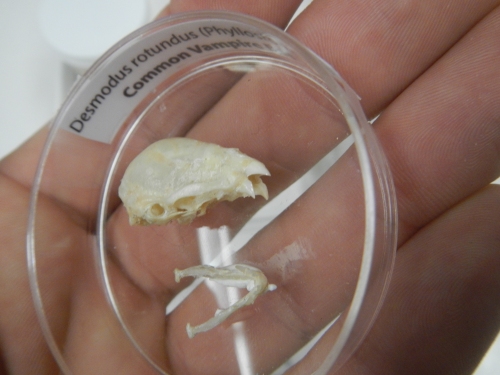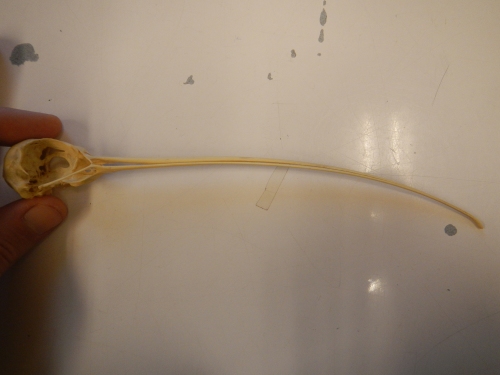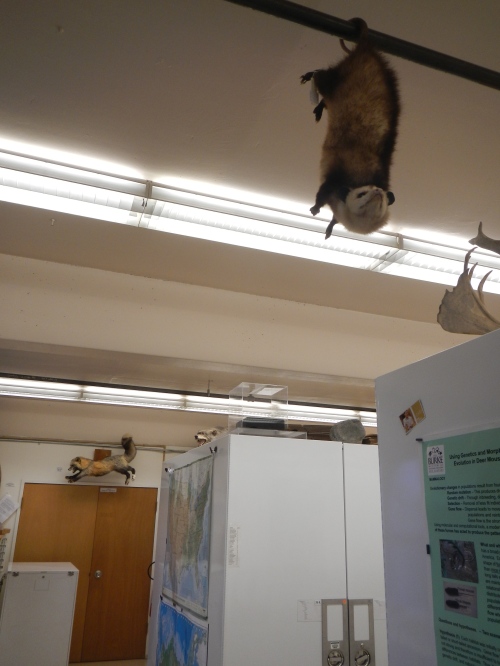Had a good couple of days in the woods. Here is some of what I saw.
Archive for the ‘Nature’ Category
Recent tracking…. (photo heavy)
Posted in Nature, Nature Awareness, Primitve Hunting on March 9, 2013| 5 Comments »
The Burke Museum
Posted in Archaeology, Evolution, Nature, tagged animal skulls, black rat vs norway rat skull, Burke Museum, curlew skulls, taxidermy on February 22, 2013| 1 Comment »
I had a good day in the mammalogy lab at the Burke Museum on the University of Washington campus in Seattle. Here are some pictures from the day. I think I want to try to stuff some dead animals sometime. By the way I’m working on a skulls page. Check it out if you are interested: Skulls.
Book review: Sex at Dawn
Posted in Archaeology, Evolution, Evolutionary Psychology, Land Use Ethic, Nature, Nature Awareness, tagged hippies, polyamory, primtive methods of birth control, sex at dawn, sexuality, sexually transmitted diseases on January 3, 2013| 3 Comments »
Just finished a provocative book and wanted to pass along some highlights. First, I’ll write a synopsis and my thoughts on the book for those readers who lack the time/desire for a long blog post. Then I’ll share a bunch of quotes from the book that I thought were interesting, for those that want to keep reading.
Sex at Dawn is the title. It is about sex and human evolution. The authors claim that humans evolved to have multiple sexual partners throughout our lives and that suppressing these instincts like we do in modern society is causing huge amounts of needless suffering, broken homes and traumatized children etc. It is no secret that humans are extremely sexual animals – possibly more so than any other animal on earth. Most animals only mate at certain times of the year whereas humans can mate at any time. Most animals only mate for reproduction but humans do it for enjoyment, social bonding, diffusing conflicts and many other reasons. The only mammal that shows similar mating habits is the bonobo chimpanzee which happens to be tied with other chimps as our closest relative. But in the elaborateness, creativity, and passion of our mating rituals, we are really a unique animal.
So that is the premise – we are probably the most sexual animal on earth (and they spend 200 pages with supporting evidence for that argument). The conflict then is that since agriculture, these instincts have been suppressed forcefully, brutally, and culturally and the suppression continues into our modern society with our cultural norm being monogamous marriage for life. While pair-bonding may have existed in hunter-gatherer societies, there is basically zero evidence that sexual exclusivity was part of that. There are many nitty gritty details of our anatomy (penis shape, for example) that show we were meant to have sex frequently and with many different partners. I won’t go into those here.
It may be a huge relief for some couples to realize that their struggling sex life is not because there is anything wrong with them, but that we were designed to be excited by having new partners. Having “new” sexual partners produces chemicals and hormones that are huge contributors to our happiness and physical health. We are also designed to have life-long intimate relationships – hence the struggle.
The authors readily admit that they don’t have all the answers for how to integrate our natural dispositions into our modern society. But they suggest that we don’t take sex quite so seriously, that we should consider open marriages and experiment with what works for us.
This is no doubt another major challenge to try to integrate our natural instincts into our modern world and I don’t think its possible to totally re-create hunter-gatherer lifestyle but I do think that with an open mind we can do a lot better in this arena. If you are interested in learning more, the book is cheap on Amazon. There is way more detailed info in there than I can talk about here.
——————————————–
For those who want to continue reading….
The first issue that comes up for most people is jealousy. Didn’t we evolve to feel jealous and secure a mate as a way of passing on our genes? The authors argue (and I agree) that jealousy spurs from a fear of loosing a relationship. Imagine living in a world with basically total relationship security. Would we still get jealous? A typical group of hunter-gatherers were stuck together for life and had an abundance of intimate relationships. Add to that a cultural stigma around possessiveness and jealousy, where the number one prerogative is diffusing conflicts and keeping everyone happy, where trust and love for one another is required for your survival. With those stipulations I can imagine a world where jealousy would be minimal. From the book: “First born children often feel jealous when a younger sibling is born. Wise parents make a special point of reassuring the child that she’ll always be special, that the baby doesn’t represent any kind of threat to her status, and that there’s plenty of love for everyone. Why is it so easy to believe that a mother’s love isn’t a zero-sum proposition, but that sexual love is a finite resource?”
Here is a quote of a quote from the book, about a culture where promiscuity is encouraged and monogamy is taboo:
“I think of my parents’ bitter divorce, of childhood friends uprooted and destroyed because Mommy or Daddy decided to sleep with someone else. Lugo Lake, I think, is not so much a kingdom of women as a kingdom of family – albeit one blessedly free of politicians and preachers extolling “family values”. There’s no such thing as a “broken home,” no sociologists wringing their hands over “single mothers,” no economic devastation or shame and stigma when parents part. Sassy and confident, a Mosuo girl will grow up cherished in a circle of male and female relatives… When she joins the dances and invites a boy into her flower room, it will be for love, or lust, or whatever people call it when they are operating on hormones and heavy breathing. She will not need that boy – or any other – to have a home, to make a “family.” She already knows that she will always have both.”
Not to say that these are all a result of promiscuity but the book also lays out many ways in which hunter-gatherer cultures ‘had things figured out’:
“800 skeletons examined in Illinois valley reveal a clear picture of health change that accompany the shift from foraging to agriculture. Farmers’ remains show a 50% increase in chronic malnutrition, and three times the incidence of infectious diseases (indicated by bone lesions) compared with foragers who proceeded them. Increased infant mortality, delayed skeletal growth in adults, fourfold increase in portico hyperostosis, indicating iron-deficiency anemia in more than half the population. Archaeologist Timothy Taylor believes that human ancestors who first controlled fire were taller than the average person today.”
“French Jesuit missionary Paul Le Jeune spent six months with Mantagnais in present-day Quebec was exasperated by the natives’ generosity. “if my host took two, three, or four beavers, whether it was day or night, they had a feast for all neighboring Savages. And if those people had captured something, they had one also at the same time; so that, on emerging from one feast, you went to another, and sometimes even to a third and a fourth.”
“Madsen calculated that in just an hour’s work, a forager could collect the caloric equivalent of eighty-seven chili dogs, forty nine slices of pizza or forty three Big Macs – without all the heart-clogging fats and additives.” In regards to the Native people of Utah collecting Mormon crickets.
“!Kung San of the Kalahari desert had an average daily intake in a good month of 2,140 calories and ninety-three grams of protein.
“Jared Diamond writes “Hunter-gatherers practiced the most successful and longest-lasting life style in human history. In contrast we’re still struggling with the mess into which agriculture has tumbled us, and its unclear whether we can solve it.”
Many people argue that life expectancy for hunter-gatherers was 30-45 years. I have never believed this to be true and I was glad to see the Sex at Dawn authors address this falsehood. They point out that life expectancy is normally calculated by including infant mortality rate. And that you can only age bone samples to say that a person was 30 years OR older. When this factor is eliminated prehistoric humans probably lived from sixty-six to ninety one years with higher levels of overall healthy and mobility than we find in most Western societies today.
Some interesting thoughts on adolescents (by the way they offer citations for everything):
“deprivation of bodily pleasure throughout life – but particularly during the formative years of infancy, childhood, and adolescence – is very closely related to the amount of warfare and interpersonal violence. Cultures that don’t interfere with adolescent sexuality show far lower levels of violence between individuals and societies”. Mangaian youth are encouraged to have sex with one another, with particular emphasis on the young men learning to control themselves and take pride in the pleasure they can provide to a woman. The Muria of central India set up adolescent dormitories where adolescents are free to sleep together away from concerned parents. They are encouraged to sleep with different partners, as it is considered unwise to become too attached to a single partner at this phase of life.”
“If we accept that our species is and always has been optimized for a highly sexual life and that adolescent boys are especially primed for action, why should we be surprised by the explosions of destructive frustration that result from the thwarting of this primal drive?”
“what isn’t debatable is that conventional marriage is a full-blown disaster for millions of men, women and children right now. Conventional till-death (or infidelity, or boredom) -do us part marriage is a failure emotionally, economically, psychologically, and sexually. It doesn’t work for too many cultures. Yet while few mainstream therapists would contemplate trying to convince a gay man or lesbian to stop being gay, when it comes to unconventional approaches to heterosexual marriage, Perel points out, “sexual boundaries are one of the few areas where therapists seem to mirror the dominant culture. Monogamy is the norm and sexual fidelity is considered to be mature, committed and realistic.
Anecdotal excerpt of a person who grew up in a non-conventional communal household: “The communal household enjoyed a kind of camaraderie i have never felt since. I swapped books with my stepsisters, listened in awe to their stories of crushes exchanged tips on teachers. Their father imparted his love of great music and their mother her passion for cooking a sort of bond formed among the 10 of us.”
I’d love to hear peoples thoughts or specific questions/concerns. Some potential concerns I could address: birth control, sexually transmitted diseases, infant mortality rates, securing genetic passage, our anatomy that supports the argument of us being a promiscuous species, etc.






















